Search Images
Browse Content (p. 1036)
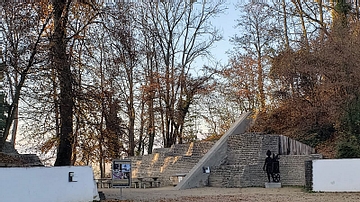
Image
Amphitheater at Augusta Raurica
Around c. 180 CE, the Romans constructed an amphitheater at Augusta Raurica on the edge of the city. The ruins remain and can be visited today. Built entirely of private funds donated by influential citizens, the Roman amphitheater at Augusta...
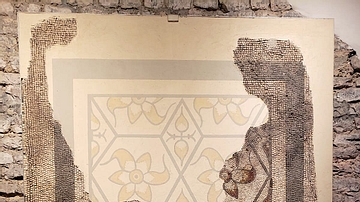
Image
Mosaic from Augusta Raurica
This mosaic formed part of a luxurious palace in the southern part of the Roman city of Augusta Raurica, which is near what is present-day Basel, Switzerland. This mosaic was created around c 205 CE.
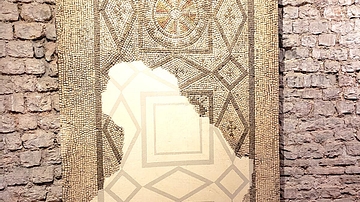
Image
Mosaic from a Palatial Building at Augusta Raurica
This mosaic formed part of a luxurious palace in the southern part of Augusta Raurica, which is near what is present-day Basel, Switzerland. This mosaic was created around c 205 CE.
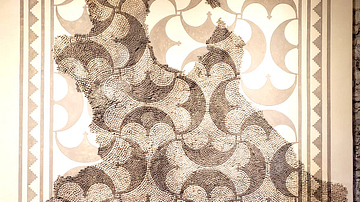
Image
Fragments of a Mosaic from Augusta Raurica
The fragments of this urban courtyard mosaic come from Augusta Raurica, which is located in modern Switzerland. It dates from c. 200 CE, and it was made by the ancient Romans.
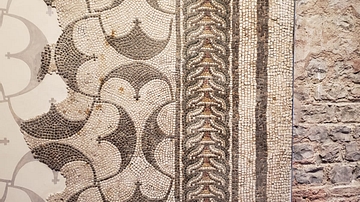
Image
Roman Urban Courtyard Mosaic
The fragments of this urban courtyard mosaic come from Augusta Raurica, which is located in modern Switzerland. It dates from c. 200 CE and was made by the ancient Romans.
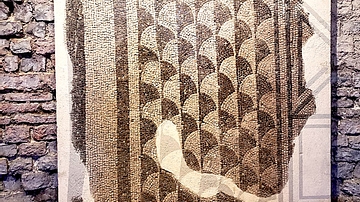
Image
Mosaic from an Urban Villa at Augusta Raurica
This mosaic came from a manorial villa in the city center of Augusta Raurica. It was created around c. 200 CE, and it decorated the floor of a summer dinning room.
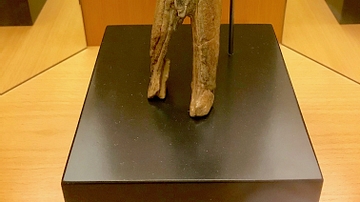
Image
Prehistoric Lion-Man Statuette
This replica of prehistoric statuette depicts a lion-man hybrid. It was made from the ivory of mammoth. This specimen was discovered in a cave near the town of Holenstein-Stadel, Baden-Württemberg in Germany. It is 30,000 years old and the...
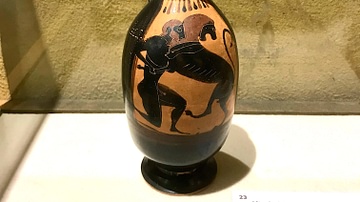
Image
Heracles fighting Nemean Lion
Hercules (or Herakles) fighting the Nemean lion on an ancient Greek clay pitcher in black figure style. In ancient Greek mythology, Hercules defeated the lion of Nemea and took the lion's skin to King Eurystheus. This specimen dates from...
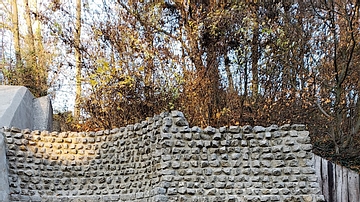
Image
Amphitheater at Augusta Raurica
In Roman times, the amphitheater in Augusta Raurica was a place of horror. Up to 13,000 spectators gathered here to watch gory entertainment, which included animal hunts, gladiatorial combat and executions. The amphitheater was the result...

Image
Roman Baths at Augusta Raurica
The baths at Augusta Raurica in what is now present-day Switzerland were probably built shortly after 100 CE and remained in use for approximately 150 years.